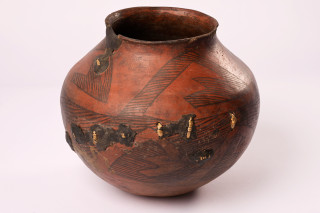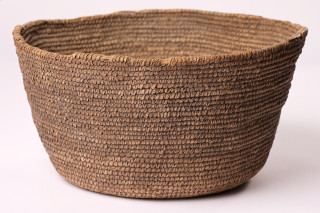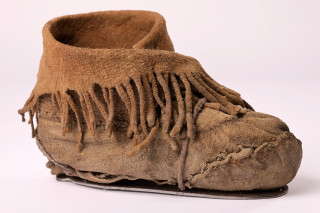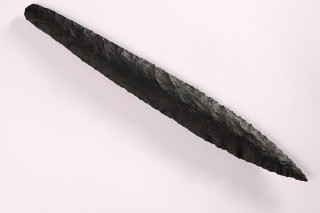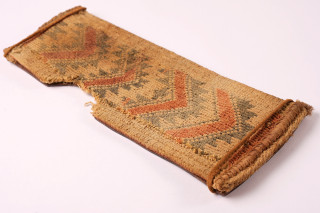Archaeology
Archaeology examines the human past through studies of ancient objects. These can include artifacts that were made by people, the plants and animals comprising their diet, as well as sediments collected from the sites in which they lived. Such objects and the associated data are stored and preserved in repositories for research and education. The Natural History Museum of Utah (NHMU) is the primary repository for objects found on state and federal lands in Utah. Our collection is one of the largest in western North America, consisting of over a million objects spanning 14,000 years of Utah prehistory.
Many objects in NHMU’s archaeological collections were recovered from systematic excavations by NHMU and University of Utah archaeologists Julian Steward (1930-1933), Jesse Jennings (1948-1981), and Duncan Metcalfe (1986-2019). These excavations include some of North America’s most significant dry cave sites, such as Promontory, Danger, and Cowboy caves. Other significant cave sites include Hogup Cave, Camels Back Cave, Sudden Shelter, Lakeside Cave, and Floating Island Cave. NHMU also houses the largest collection of Fremont objects, including those from Median Village, Nephi Mounds, Caldwell Village, and Range Creek Canyon. Furthermore, we hold collections from early expeditions, such as Byron Cummings’ 1907 - 1914 expeditions to southeastern Utah. Many of these come from Ancestral Puebloan sites in what is today known as Bears Ears National Monument.
NHMU maintains an active research program through field schools, grant-funded studies, and partnerships with federal and local government agencies. For example, we manage the 4,200-acre Range Creek site as a field station and field school. Containing hundreds of Fremont sites, Range Creek is an extension of the NHMU archaeology collection, one that is being maintained at the site rather than excavated and taken from its original context. Every year, we train graduate and undergraduate students in field techniques at Range Creek and supervise their research projects at NHMU. NHMU researchers and scholars from around the world conduct research on objects housed in our collections and produce new findings about Utah’s natural and cultural past (give links to examples). To study our collections, please access our collections online, read our guidelines, and submit a research request form.
The Collections Management staff at NHMU possess the skills, expertise, and experience to care for the growing archaeological collection. Our facility is state-of-the-art, with climate-controlled collections rooms equipped with HVAC and regularly maintained pest management systems. When a collection is reposited, our staff inventories, catalogs, and stabilizes all objects in a way that allows them to be examined, stored, and easy to access for future research. Our records manager at NHMU and a team of others organize and digitize the records, maps, data logs, excavation notes, and photographs associated with each collection. For questions about repositing a collection at NHMU, go here.
Did you know...
We have some of the oldest basketry from North America including some over 9,000 years old!

